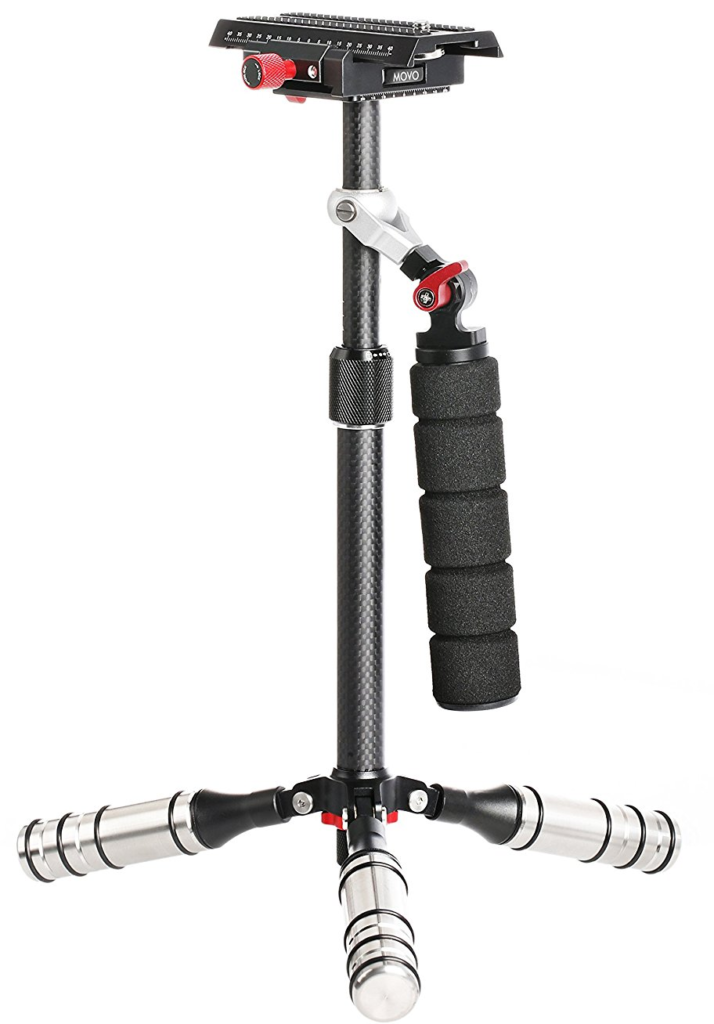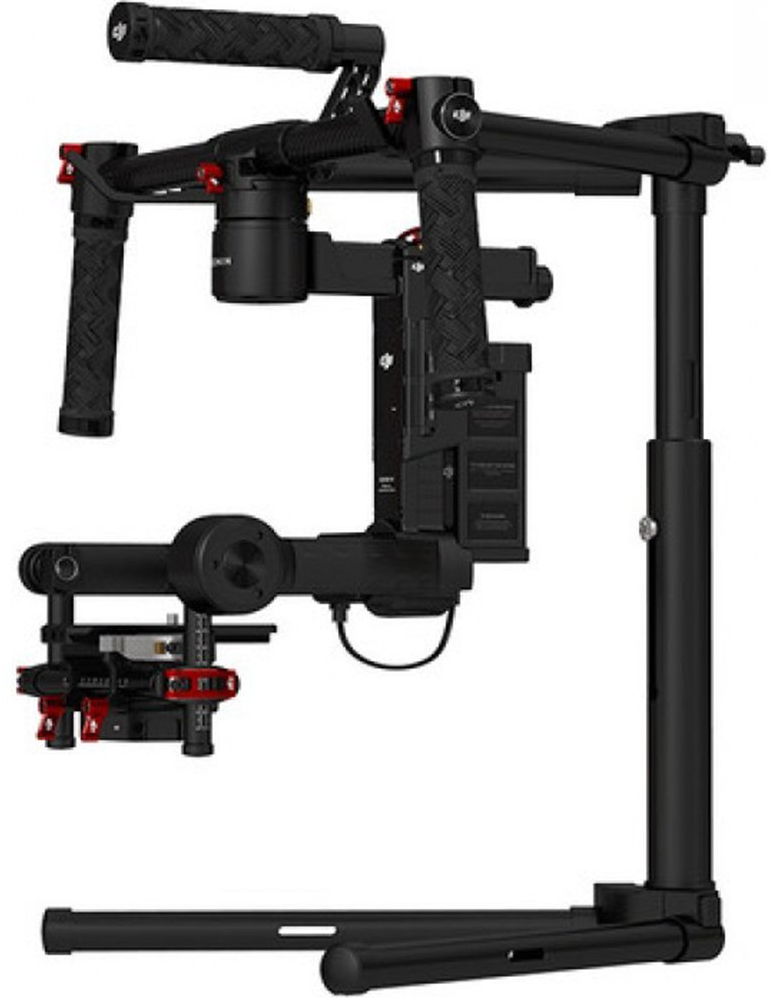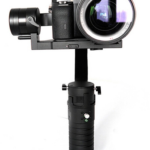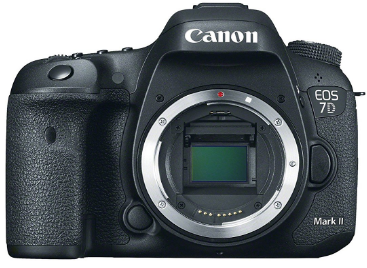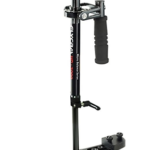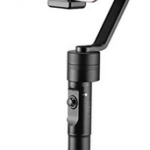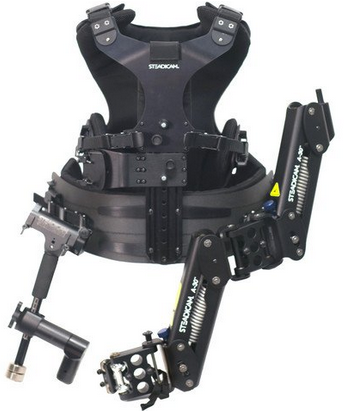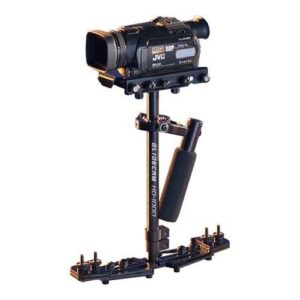The best steadicam for DSLR cameras cannot simply be measured in terms of its price. There are a number of parameters that you have to consider before making that buying decision. It has to check at least 3 to 4 boxes before it even becomes a potentially great buy. Here are a list of the few best steadicam for DSLR camera systems that we could find.
Contents
Zhiyun-Tech Crane v2 3 – Axis Handheld Gimbal Stabilizer for DSLR cameras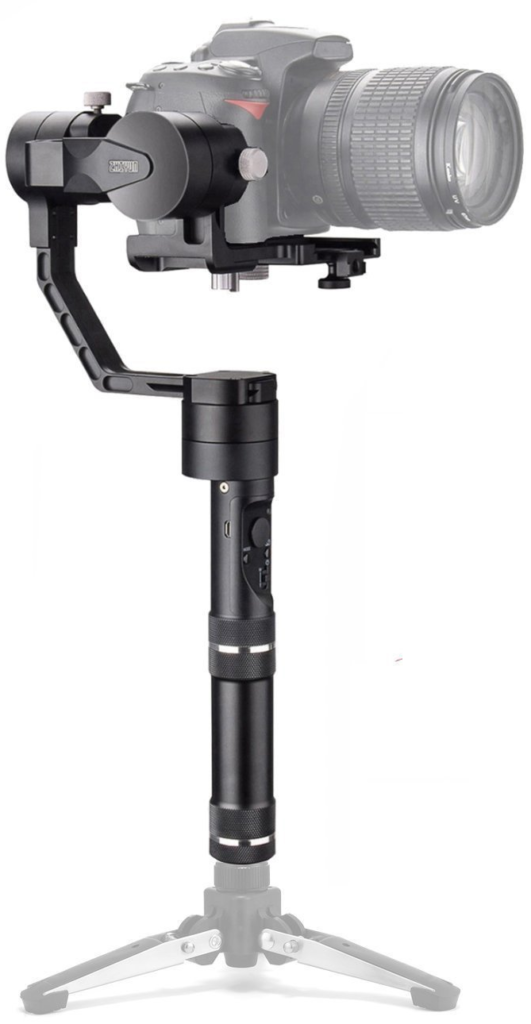
Pros
- Supports up to 3.9 lb
- Additional support for long lenses
- 3 32-bit MCUs
- Wireless control
- 360 ˚ rotation along all 3 axis
- Joystick with 4-way stepless movement
Cons
- Pricey
- Runs on batteries
- Heavy considering that it supports up to 1.75 kilos
The Zhiyun-Tech Crane v2 is a 3-axis handheld DSLR camera stabilization rig. It is one of the most durable and powerful handheld stabilization systems in the market.
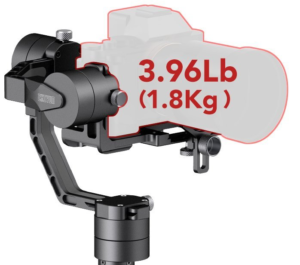 It is capable of supporting a camera system up to 3.9 lb. Additionally, this is one of the rare few handheld stabilizers that come with support for long lenses. The system comes with 3 32-bit MCU’s which run parallel.
It is capable of supporting a camera system up to 3.9 lb. Additionally, this is one of the rare few handheld stabilizers that come with support for long lenses. The system comes with 3 32-bit MCU’s which run parallel.
At the bottom of the stabilizer there is a ¼” – 20 threaded mounting hole. This mounting hole allows you to optional use the stabilizer with monopods and other support systems.
A unique feature of the Zhiyun-Tech Crane v2 is its ability to be controlled via wireless. All you have to do 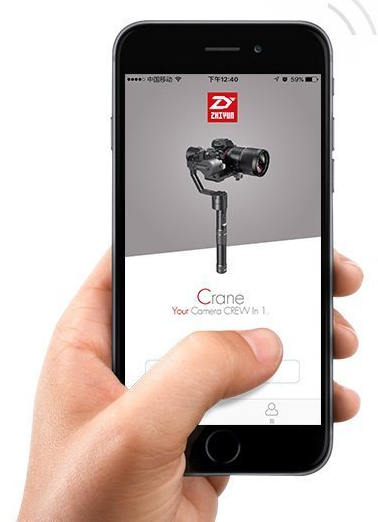 is download the compatible iOS / Android app using Bluetooth connection.
is download the compatible iOS / Android app using Bluetooth connection.
The Zhiyun-Tech Crane v2 runs on a set of 26500 batteries (3600 mAh) and capable of running for 12 hours flat on a single charge.
There are two major issues with the Zhiyun-Tech Crane v2. First one is the weight factor. The Zhiyun-Tech Crane v2 is heavy at 0.7 kilos and that too without the batteries included.
The other issue is that the stabilizer runs on batteries. That means you have to keep the batteries charged in order to use it. Although run time on a single charge is about 12 hours (which is impressive), it is easy to forget whether you charged it after the last use.
That means a potential situation where you are stuck with an exhausted battery is always looming.
Having said that if you are a disciplined videographer and have the habit of checking every piece of your equipment before you leave on a video assignment, then this is not a problem. Plus, the 12-hour shooting time frame is really long for all practical purposes.
FeiyuTech Feiyu a2000 3 Axis Gimbal Stabilizer for DSLR cameras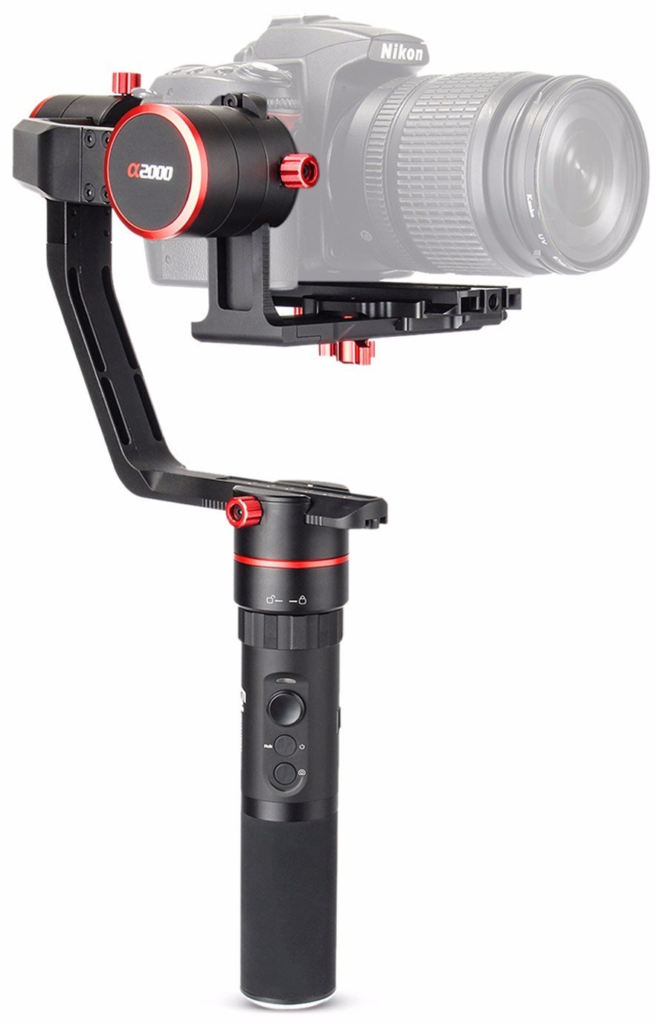
Pros
- Supports up to 2 kilos (4.4 lb)
- 360 ˚ rotation on all 3 axes
- 4-way control joystick
- Removal gimbal
- App control for remote operation
- Auto weight balancing
- Preset route for shooting time-lapses and motion time-lapses
Cons
- Pricey
- Weighty considering that the weight of the system is nearly 1.5 kilos sans the batteries
The FeiyuTech Feiyu a2000 is a 3-axis gimbal stabilizer for DSLR camera systems, designed to support a 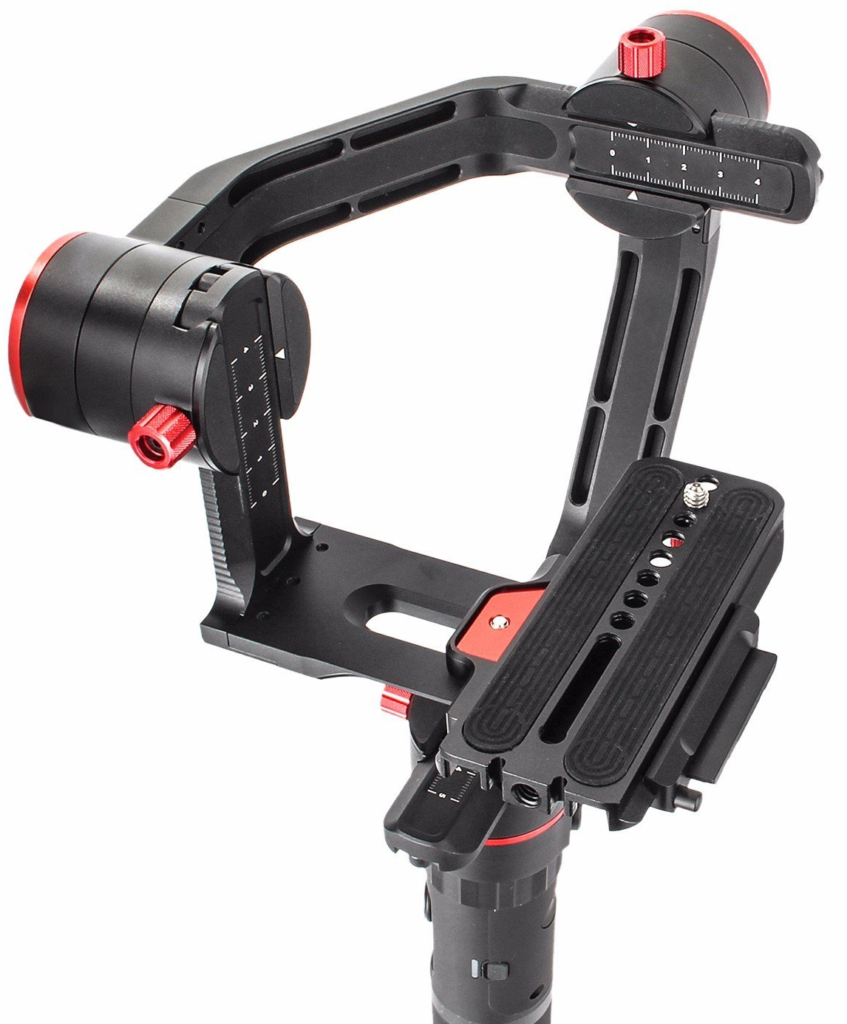 camera system with a maximum weight of 2 kilos. The device has 4 operational modes on it.
camera system with a maximum weight of 2 kilos. The device has 4 operational modes on it.
Additionally, this steadicam supports a seamless 360 ˚ rotation on all 3 axes to allow unhindered panning, rotation and tilting. There is also a 4-way control joystick that ensures that you can move your camera in any direction you want while shooting videos / stills.
The FeiyuTech Feiyu a2000 is a versatile tool. You can remove the handle of the stabilizer. Another salient feature of the FeiyuTech Feiyu a2000 is the ability of the gimbal to be separated from the stabilizer.
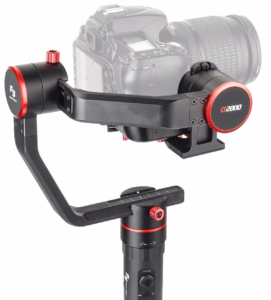 That way you can use the gimbal with other camera support systems like monopods and tripods. When used off the FeiyuTech Feiyu a2000 contraption you can remote control the gimbal using your smartphone or tablet. For this you will need to download a mobile app available for both iOS and Android systems.
That way you can use the gimbal with other camera support systems like monopods and tripods. When used off the FeiyuTech Feiyu a2000 contraption you can remote control the gimbal using your smartphone or tablet. For this you will need to download a mobile app available for both iOS and Android systems.
Another salient feature of the FeiyuTech Feiyu a2000 is the auto weight identification and automatic balancing mechanism.
When you mount a new camera, the system will automatically detect its weight. When it does that it will automatically balance for the weight of the camera without the need for any additional inputs from your end.
This is extremely handy when working with multiple cameras at location. All you have to do is mount the camera and the FeiyuTech Feiyu a2000 will do the rest.
One more interesting feature on the FeiyuTech Feiyu a2000 is the preset route option. Stabilizers are not the ideal platform for shooting time-lapses and motion time-lapses.
But the FeiyuTech Feiyu a2000 comes with a preset route feature that allows the stabilizer to move in a previously determined route. This makes it a great platform to shoot time-lapses.
Movo VS7 Handheld Carbon Fiber Adjustable Stabilization System
Pros
- Lightweight and sturdy, made out of carbon fiber
- Supports up to 6.6 lb or 3 kilos
- Easy set-up
- Weighs just .45 kilos and 1.1 kilos with the counterweighs mounted
- Comes with quick release plate
- Foam padded grip for comfortable use
Cons
- The entire weight of the camera and the Movo VS7 rests on your wrists
- No mechanized gimbal
- Manual balancing mechanism
The Movo VS7 is a carbon fiber made handheld stabilizer that comes with an adjustable mechanism.
There are many small features on the Movo VS7 which makes it a fantastic handheld stabilization system perfect for small DSLRs cameras.
Please note, unlike the FeiyuTech Feiyu a2000 which has a mechanized auto detection system for balancing when new cameras are mounted, the Movo VS7 has to be balanced manually.
For manually adjusting the balance after mounting a camera system, you can move the balancing system front, back or side to side.
It takes a bit of time to perfect the ‘balancing act’. The Movo VS7 comes with a leg mechanism just in case you want to put down the whole system or use it as a tripod.
The system comes with a quick release plate mechanism as well, just like a tripod. This will allow you to quickly unmount the camera from the Movo VS7 and use it handheld in case you need to do some quick still work.
A major disadvantage of the Movo VS7 is that your wrist has to support the entire weight of the stabilizer and the camera system. At least in its unmodified mode. If you plan on using the Movo VS7 for a long shoot this can be painful.
Thankfully, the Movo VS7 is compatible with the compatible vest arm support mechanism. For professionals and or those looking for extra support and a comfortable user experience the vest-arm system is highly recommended.
DJI Ronin M 3 – Axis handheld gimbal Stabilizer
Pros
- Can support up to 8 lb.
- Precision control up to +/- 0.02 ˚
- Remote control for easy long range pan and tilt control
- Tool-less balancing of camera systems
Cons
- Pricey
- Weighs 2.3 kilos with the handlebar which makes it pretty heavy to carry for long duration
The DJI Ronin M 3-Axis handheld gimbal Stabilizer is a handheld stabilization mechanism for DSLR camera systems. It can support a weight of maximum of 8 pounds making it the biggest system that we have thus recommended here.
The DJI Ronin M 3-Axis handheld gimbal Stabilizer comes with a series of major advantages.
One of the major features of the DJI Ronin M is its ability to balance with a mounted camera without the need for additional tools. The system uses an Auto Tune Stability mechanism that pretty much makes it an automated procedure.
In that sense this is at par with the FeiyuTech Feiyu a2000 3 Axis Gimbal Stabilizer that we discussed earlier in this review. A set of brushless motors that work on 3 axes, help it to achieve roll, pitch and panning movements without any hindrances.
Thanks to its computer controlled movements, the system is precise to +/-0.02 ˚. Just like the FeiyuTech Feiyu a2000 the DJI Ronin M’s gimbal can also be separated from the stabilizer. That allows you to use the gimbal with traditional tripods and monopods systems.
Another salient feature of the DJI Ronin M is its ability to be remote controlled via a wireless transmitter control making it one of the best steadicam for DSLR cameras in the business.
The best thing about this is the ability of the DJI Ronin M to be controlled independent of the direction that it is moving.
So, if you have the DJI Ronin M mounted on a vehicle or some type of a motorized platform or even worn by an individual, you can move the camera in any direction you like via the remote transmitter. There is also an option to install a third party transmitter should you choose to use one instead of the one that comes with it.
